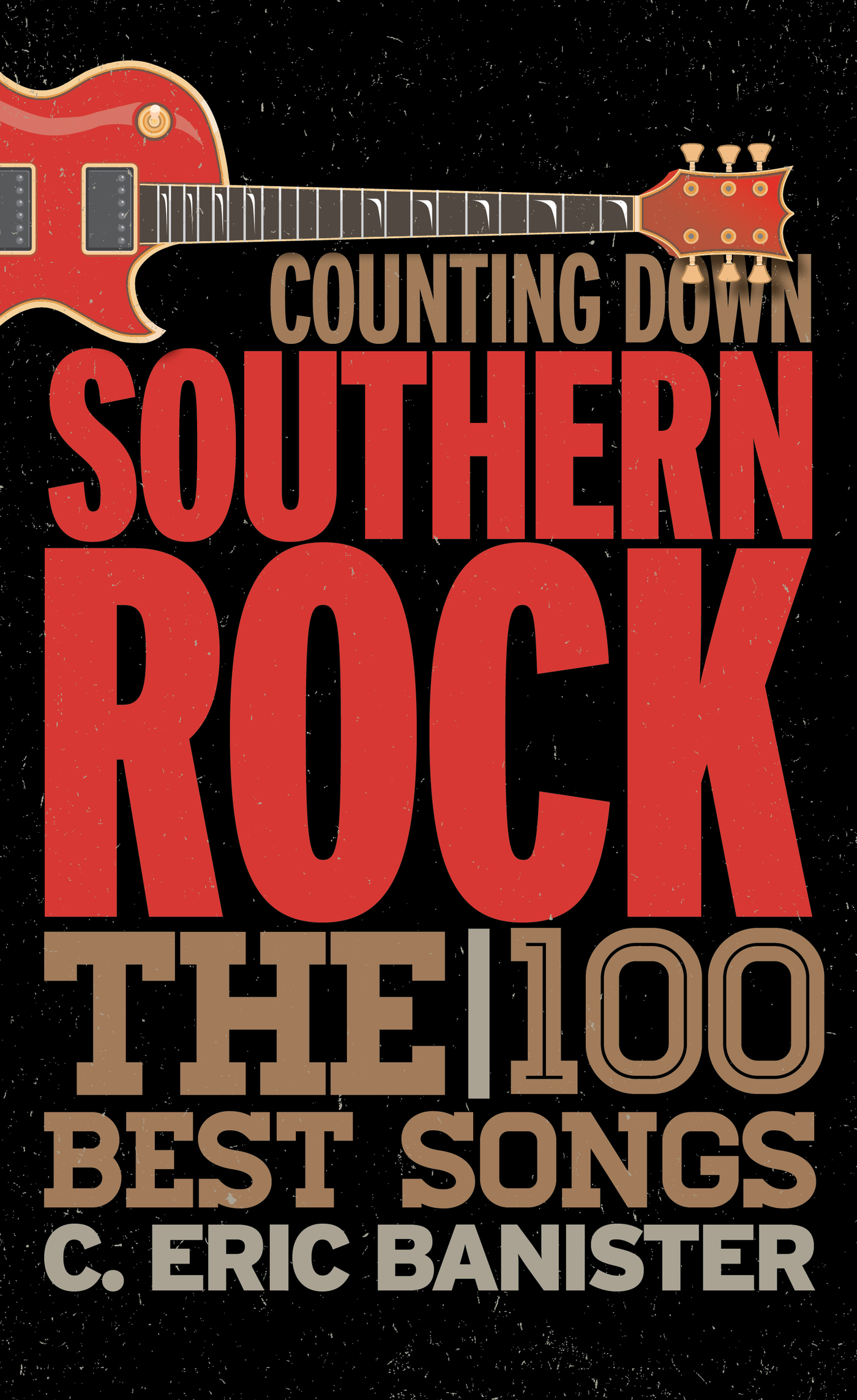Counting Down
Southern Rock
Counting Down
Counting Down is a unique series of titles designed to select the best songs or musical works from major performance artists and composers in an age of design-your-own playlists. Contributors offer readers the reasons why some works stand out from others. It is the ideal companion for music lovers.
Titles in the Series
Counting Down Bob Dylan: His 100 Finest Songs, by Jim Beviglia, 2013
Counting Down Bruce Springsteen: His 100 Finest Songs, by Jim Beviglia, 2014
Counting Down The Rolling Stones: Their 100 Finest Songs, by Jim Beviglia, 2015
Counting Down Southern Rock: The 100 Best Songs, by C. Eric Banister, 2016
Counting Down
Southern Rock
The 100 Best Songs
C. Eric Banister
ROWMAN & LITTLEFIELD
Lanham Boulder New York London
Published by Rowman & Littlefield
A wholly owned subsidiary of The Rowman & Littlefield Publishing Group, Inc.
4501 Forbes Boulevard, Suite 200, Lanham, Maryland 20706
www.rowman.com
Unit A, Whitacre Mews, 26-34 Stannary Street, London SE11 4AB
Copyright 2016 by C. Eric Banister
All rights reserved. No part of this book may be reproduced in any form or by any electronic or mechanical means, including information storage and retrieval systems, without written permission from the publisher, except by a reviewer who may quote passages in a review.
British Library Cataloguing in Publication Information Available
Library of Congress Cataloging-in-Publication Data
Names: Banister, C. Eric.
Title: Counting down southern rock : the 100 best songs / C. Eric Banister.
Description: Lanham, Maryland : Rowman & Littlefield, 2016. | Series: Counting down | Includes bibliographical references and index.
Identifiers: LCCN 2015040973 (print) | LCCN 2015041150 (ebook) | ISBN 9781442245396 (cloth : alk. paper) | ISBN 9781442245402 (electronic)
Subjects: LCSH: Rock musicSouthern StatesHistory and criticism.
Classification: LCC ML3534.3 .B3155 2016 (print) | LCC ML3534.3 (ebook) | DDC 782.421660975dc23 LC record available at http://lccn.loc.gov/2015040973
 TM The paper used in this publication meets the minimum requirements of American National Standard for Information Sciences Permanence of Paper for Printed Library Materials, ANSI/NISO Z39.48-1992.
TM The paper used in this publication meets the minimum requirements of American National Standard for Information Sciences Permanence of Paper for Printed Library Materials, ANSI/NISO Z39.48-1992.
Printed in the United States of America
For Brittany, Porter, and Claire
Acknowledgments
A work such as this is always built on the foundation of those who have come before. The list of writers who have touched on Southern Rock would fill another book, so I would like to narrow it down to just a few.
First, I would point anyone interested in the history of Southern Rock to look up the work of Scott B. Bomar, who has one of the most recent works on the subject. Likewise, Alan Paul, who has done much with the history of the Allman Brothers Band, is another who has recently added to the study of Southern Rock.
By my estimation, no one has done more to further the legacy of Southern Rock than the Ambassador of Southern Rock, Michael Buffalo Smith. Buffalo took a fans love of the music and created a library of work that is unparalleled. From his freelance work at various publications to his own magazine, the sadly defunct GRITZ, to his books on the subject, no one has covered the genre the way Buffalo has and continues to do.
I would also like to thank editor Bennett Graff for giving me the opportunity to write on a subject that I have loved since childhood.
The biggest thank-you goes out to my family: my beautiful wife Brittany, my wonderful son Porter, and my fantastic daughter Claire. You all make every day better than the one before it.
Introduction
I didnt grow up in the South, and I was only a year or so old by the time the music was getting off the ground, but once I discovered it in late elementary school, I was hooked. (Ive recounted much of that discovery in my book All I Can Do Is Write about It: One Boys Journey through Music with Lynyrd Skynyrd.) The songs of Southern Rock provided much of the sound track of my most formative years, and I have continued to revisit them as the years progress. So when the opportunity to tackle this project came up, I jumped at the chance to dive headlong into the history of the music.
For this book, Ive decided to impose a few rules on my selection process in an effort to narrow down the field. First, I looked at geography. Following the lead of Scott B. Bomar, I decided to keep to bands and artists within the states that fell under the Confederate states, with the addition of Kentucky, Oklahoma, and Texas. This means that some bands often lumped into Southern Rock, such as the Ozark Mountain Daredevils and RamJam, were excluded.
The second thing to do was set a range of time. For that, I chose 1969 through 1990. The year 1969 is an obvious one, as that is when the Allman Brothers Band released their debut album. The year 1990 may not be as obvious, but it marks the release of the Allman Brothers Band album Seven Turns, which marked the next phase of their career and encouraged a resurgence of interest in Southern Rock. Albums by a version of Lynyrd Skynyrd followed, as did new albums from the Black Crowes and Georgia Satellites front man Dan Baird.
When it comes to the entries contained within, in most instances I am writing about a specific recording of a song, which will be noted in the title of each entry. Sometimes I note the definitive recording but also discuss other interesting versions of the song that may lend some insight into the songs staying power.
It should go without saying, but I will say it anyway, that the list written here is my list. It is subject to my tastes and opinions. Not everyone will agree with the songs chosen or the order of those that were picked. But I hope that it will spark discussion and that even if you dont agree with some of them, you will discover or rediscover great Southern Rock from the past.
The Countdown
100. Are You Sure Hank Done It This Way, Hank Williams Jr. (from Rowdy, 1981)
Ask anyone who has ever played country musicheck, even some rockersabout influences, and the name Hank Williams is sure to come up. His songwriting and charisma caught fire with audiences, and his star was one of the brightest in the music galaxy. Another part of that influence, for good or bad, was the lifestyle that became associated with him. His drinking, while often exaggerated, became legendary. His rebellious attitude and way of doing things became a template for musicians to come. His star was extinguished much too early when he died January 1, 1953, at age twenty-nine.
His son, Randall Hank Williams, forever known as Hank Jr., was just shy of four years old when Hank died. His mother, Hanks estranged wife Audrey, worked through her grief by grooming the young son to take his fathers place on the stage. At age eight, Hank Williams Jr. debuted as a performing artist on a stage in Georgia to sing the songs of his father. He was part of a package tour, a popular touring configuration of the day putting several artists together to draw a larger crowd. For the better part of the next ten years, Hank Jr. continued to tour in those package shows, sharing stages and buses with the likes of Johnny Cash and Waylon Jennings, two men who were great fans of Hank Sr. and who would become lifelong friends and mentors to Bocephus, as his father used to call him.

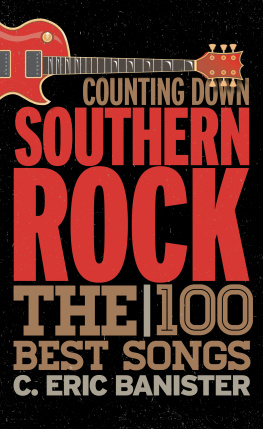
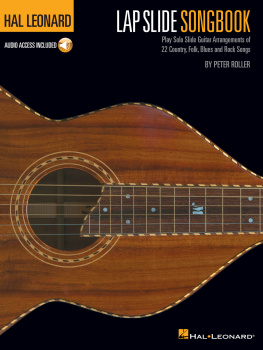

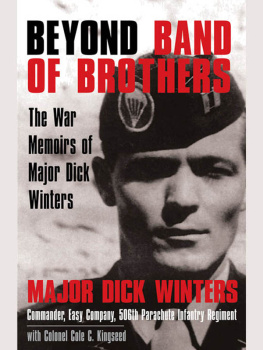
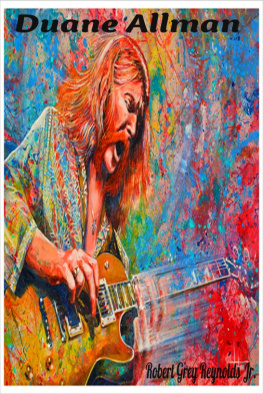
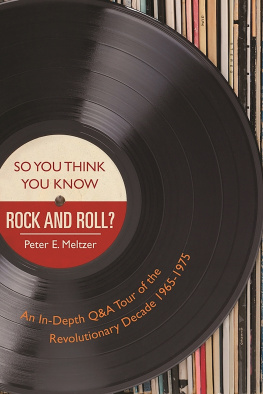

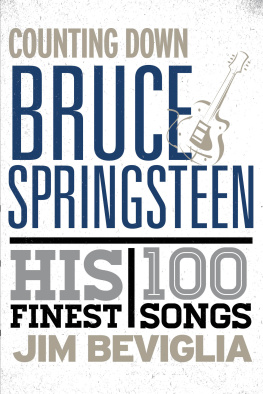
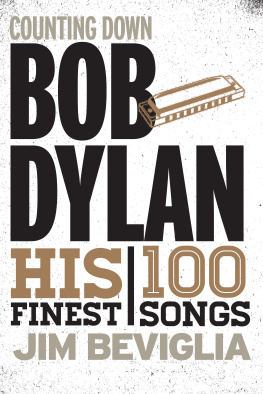
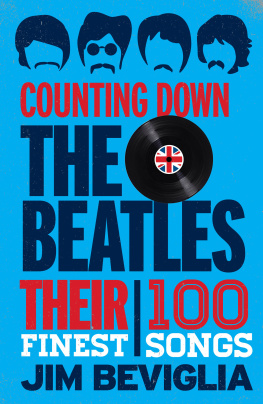
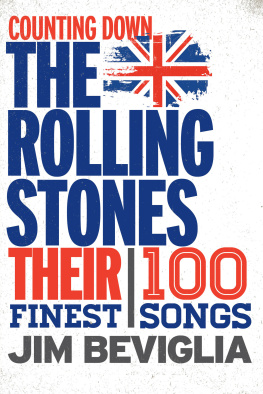
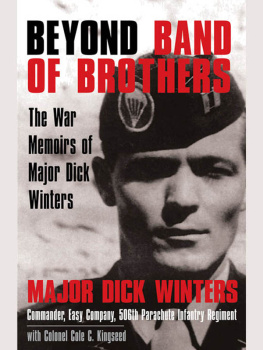
 TM The paper used in this publication meets the minimum requirements of American National Standard for Information Sciences Permanence of Paper for Printed Library Materials, ANSI/NISO Z39.48-1992.
TM The paper used in this publication meets the minimum requirements of American National Standard for Information Sciences Permanence of Paper for Printed Library Materials, ANSI/NISO Z39.48-1992.